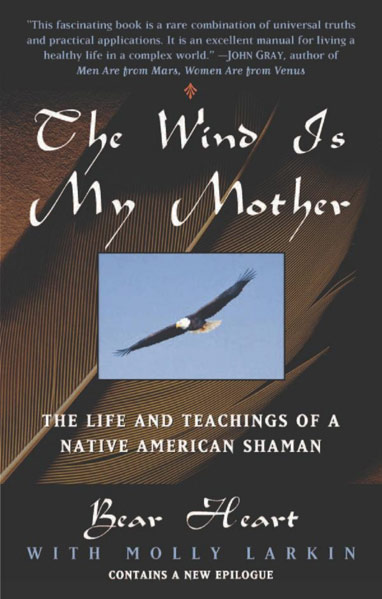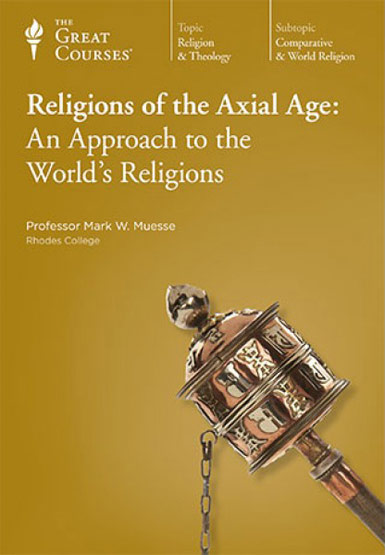The Human Journey Library» The Wind Is My Mother

The Wind Is My Mother
The Life and Teachings of a Native American Shaman
By Bear Heart
With eloquent simplicity, one of the world’s last Native American Medicine Men demonstrates how traditional tribal wisdom can help us maintain spiritual and physical health in today’s world.
“As a child I was taught, ‘Chebon, the way to attain the beauty in life is through harmony. Be in harmony with all things, but most important, be in harmony with yourself first. A lot will go on in your life, some good, some bad—people may argue and some will try to take control of your life—but that one word, harmony, will neutralize any problems and help your life to become beautiful.’”—from The Wind is My Mother
Category: Paleolithic Beginnings
Subjects: cultural anthropology, shamans
- All Books by Section
- Our Contributors' Book Reviews
- Books Referenced in Human Journey Sections:
- Journey of the Human Mind
- Our Prehistoric Ancestors »
- The Evolution of Language
- Ideas that Shaped Our Modern World »
- Paleolithic Beginnings
- Connecting with the Gods
- Axial Age Thought
- Origins of Christianity
- Origins of Islam
- The Journey of Classical Greek Knowledge to the Western World
- Stories and Storytelling
- Tools and the Development of Contemporary Society »
- A Sustainable Planet
- The Changing World Economy »
- Health and Education in the Modern World »
- Our Mind in the Modern World »





